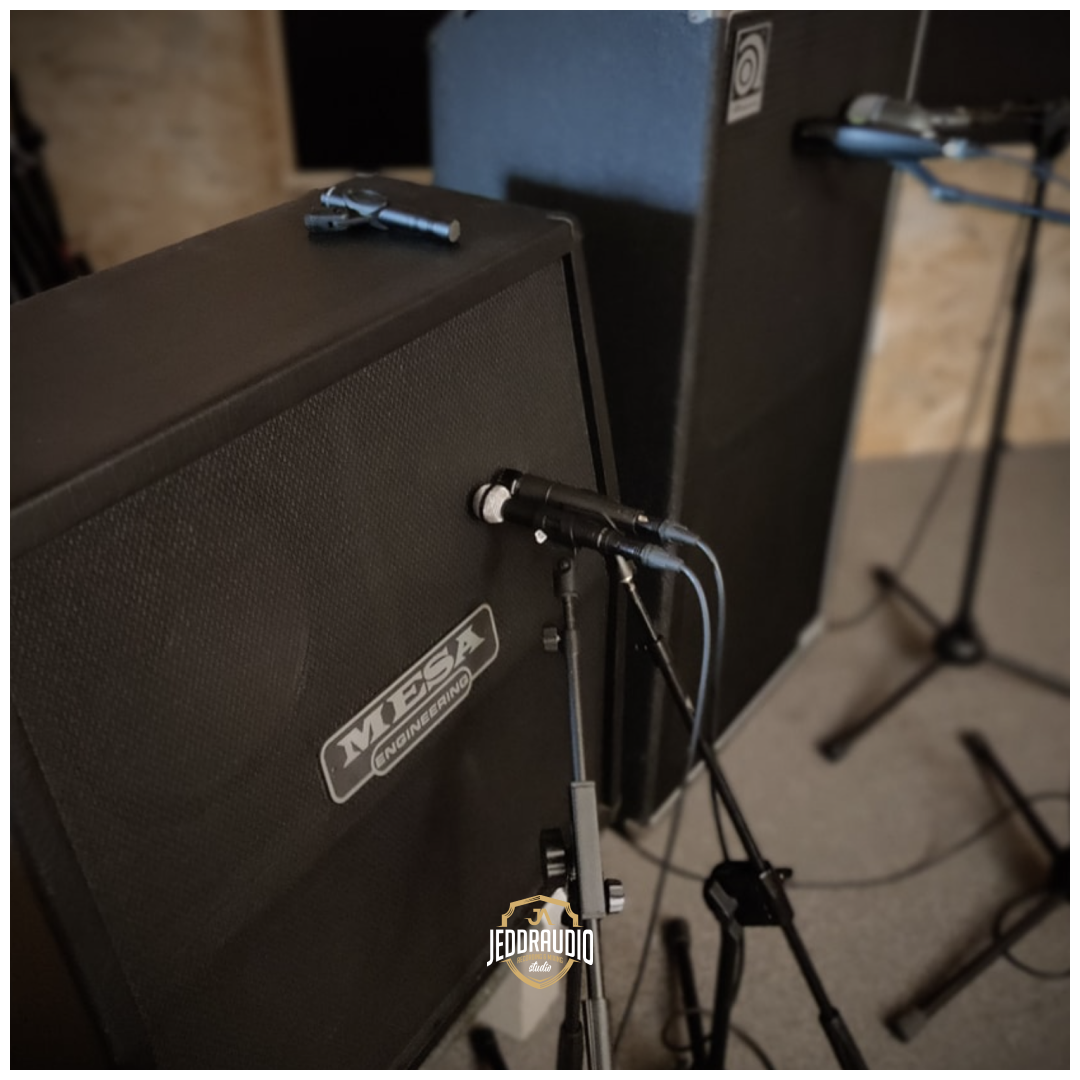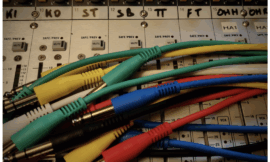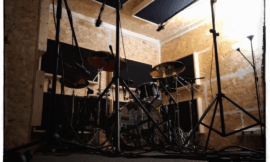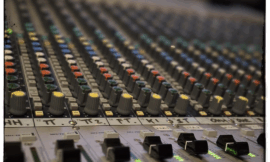Welcome to our series on preparing for a successful recording session. In this post, we’ll focus on guitarists and provide essential tips on preparing your gear and performance for the studio. Proper preparation can greatly enhance the quality of your recordings and contribute to a more efficient and enjoyable studio experience.
Introduction
Recording in a studio is an exciting opportunity to capture your music at its best. For guitarists, this means ensuring that your instruments and amplifiers are set up to achieve the perfect tone and that your performances are tight and well-rehearsed. A well-prepared guitarist can make a significant difference in the quality of the recordings and help achieve the desired sound.
Choosing and Setting Up Guitars and Amplifiers
Selecting the Right Guitar
The type of guitar you choose can greatly impact the sound of your recordings. Different guitars have unique tonal characteristics, so select one that complements the style of music you’re recording. Consider factors such as the type of wood, pickups, and electronics, as these can all influence the overall sound.
Setting Up Your Amplifier
Choosing the right amplifier and cabinet is equally important. Different amplifiers have unique tonal characteristics and features, so choose one that best suits your guitar and the style of music you’re recording. Experiment with different settings and cabinets to find the sound that works best for your recordings.
Tips on String Care and Tuning Stability
Choosing the Right Strings
The type of strings you choose can greatly impact the playability and tone of your guitar. Different strings have unique tonal characteristics and feel, so select ones that complement your guitar and the style of music you’re recording. Consider factors such as the material and gauge, as these can all influence the overall sound and playability. No coated guitar strings, seriously!
Maintaining Your Strings
Proper string maintenance is essential for achieving the best possible tone and playability. Regularly clean your strings with a soft cloth to remove dirt, oil, and sweat, which can cause corrosion and affect the sound. Additionally, consider changing your strings before a recording session to ensure optimal tone and performance. You know what, change strings before the session!
Ensuring Tuning Stability
Tuning stability is crucial for achieving the best possible sound and performance in the studio. To ensure tuning stability, consider the following tips:
- Stretch Your Strings: New strings can go out of tune quickly due to stretching. Before a recording session, stretch your strings by gently pulling them away from the fretboard. This can help them settle in and maintain tuning stability.
- Lubricate the Nut: The nut is the small piece of bone, plastic, or metal that the strings pass over at the headstock. Lubricating the nut with a pencil or specialized lubricant can reduce friction and help maintain tuning stability.
- Check the Intonation: Intonation refers to the accuracy of the pitch produced by each string at various points along the fretboard. Proper intonation is essential for ensuring that your guitar plays in tune and sounds its best. Use an electronic tuner to check and adjust the intonation as needed.
Techniques for Practicing Your Parts
Rhythm and Lead Playing
As a guitarist, you may be responsible for both rhythm and lead playing in the studio. To ensure the best possible performances, consider the following tips:
- Practice with a Metronome: Practicing with a metronome is crucial for developing a solid sense of timing and ensuring that your performances are tight and accurate. This is especially important in the studio, where precise timing is essential.
- Break Down the Parts: Break down your parts into smaller sections and practice them individually. Once you’re comfortable with each section, gradually piece them together to form the complete part. This approach can help you focus on specific areas that need improvement and ensure that you’re playing in sync with the rest of the band.
- Use Backing Tracks: Practice with backing tracks that include the other instruments and parts. This can help you get accustomed to playing in sync with the band and make it easier to lock in during recording sessions.
Communicating with Your Producer and Engineer
Before the recording session, communicate with your producer and engineer about your sound and any specific preferences or requirements you have. This will help them understand your vision and make informed decisions throughout the recording process. Be open to their feedback and suggestions, as they can provide valuable insights and guidance for achieving the best possible sound.
Conclusion
Preparing your gear and performance for the studio involves a combination of selecting the right instruments and amplifiers, maintaining your strings and setup, and practicing and refining your parts. By following the tips and techniques outlined in this post, you can ensure that your guitar sounds its best and that your performances are tight and well-rehearsed, contributing to a successful and enjoyable studio experience.
Stay tuned for more blog posts in our series on preparing for your recording session. Next up, we’ll be focusing on vocalists and their warm-up and preparation techniques for studio sessions.





